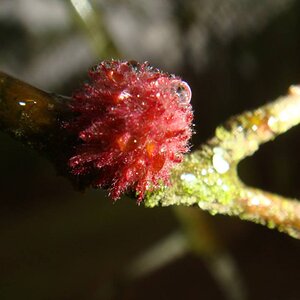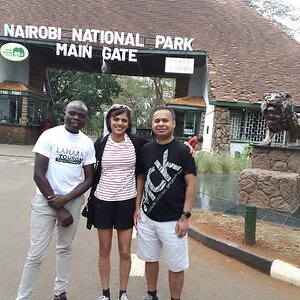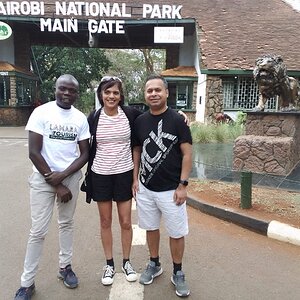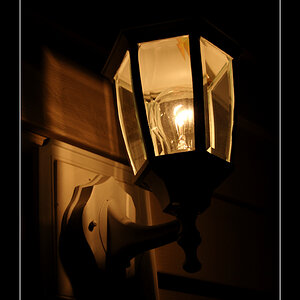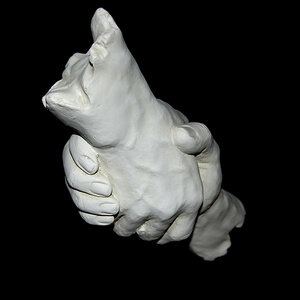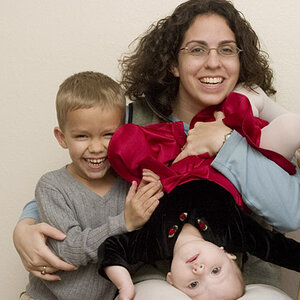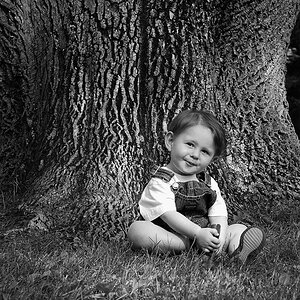- Joined
- Nov 15, 2017
- Messages
- 1,614
- Reaction score
- 2,247
- Location
- Washington D.C. Area
- Website
- mikeatherton.com
- Can others edit my Photos
- Photos OK to edit
I prefer a 105 mm lens to an 85 mm almost all the time, and I found that the 135 mL to 180 mm prime lenses were good,
Would you agree that this depends in part on the environment in which you are shooting? Some spaces may not be large enough to enable one to get far enough away from the subject to properly compose the image. I think this is why some actually think of the 70-200 2.8 as a decent portrait lens in some situations.



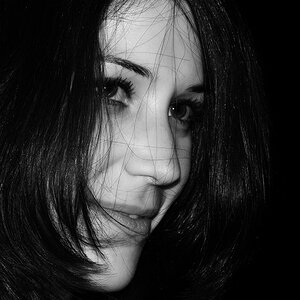

![[No title]](/data/xfmg/thumbnail/30/30876-d35f95603398bf3423b26c68d344f018.jpg?1619734492)
